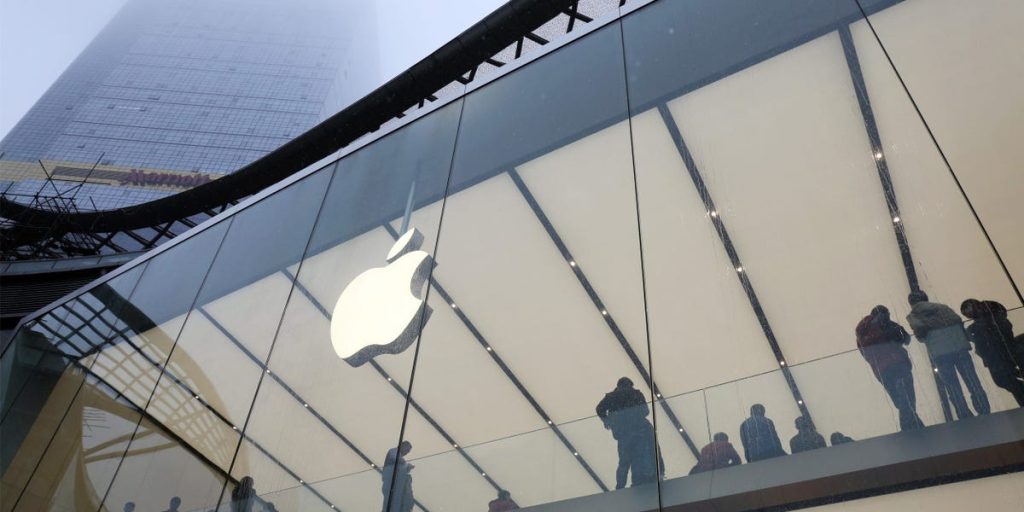Apple dipped premarket on Friday after President Donald Trump said iPhones manufactured outside the US would face a tariff of at least 25%.
“I have long ago informed Tim Cook of Apple that I expect their iPhone’s that will be sold in the United States of America will be manufactured and built in the United States, not India, or anyplace else,” Trump wrote in a Truth Social post on Friday.
He warned that if Apple failed to comply, it would have to pay the US a tariff of “at least” 25%.
Apple stock was down 3.6% just before 8:30 a.m. ET.
S&P futures fell 1.5% and European markets dipped after Trump also threatened new tariffs against the European Union in a separate Truth Social post.
He accused the bloc of “taking advantage” of the US through trade barriers and corporate penalties against American companies.
The president proposed a 50% tariff on EU goods starting June 1, calling the $250 billion trade deficit “totally unacceptable” and said the EU had been “very difficult to deal with.”
Wedbush analyst Dan Ives said in a Friday note that shifting iPhone production to the US would take between 5 and 10 years and result in a price tag of about $3,500, calling the idea “a fairy tale that is not feasible.”
‘Little problem’
It’s not the first time Trump has questioned Apple’s manufacturing locations.
Speaking earlier this month in Qatar, Trump said he had a “little problem with Tim Cook” after learning Apple was expanding production in India. He said he told Cook, “I don’t want you building in India.”
Shawn Thew/Reuters
Trump’s Friday remarks come amid Apple’s ongoing effort to diversify away from China due to ongoing tariffs.
However, Apple’s move to shift final assembly outside China and ramp up domestic production may not be enough to placate Trump.
Jamie MacEwan, senior analyst at Enders Analysis, estimated that “almost half of Apple’s revenue is exposed to China.”
And the countries Apple has increasingly shifted manufacturing and assembly operations to — India, Malaysia, Vietnam, Thailand, and Ireland — have all been hit with tariffs above Trump’s baseline 10% rate.
Apple stock suffered its biggest one-day drop in five years in April after Donald Trump’s “Liberation Day” tariffs sparked a roughly $300 billion sell-off.

